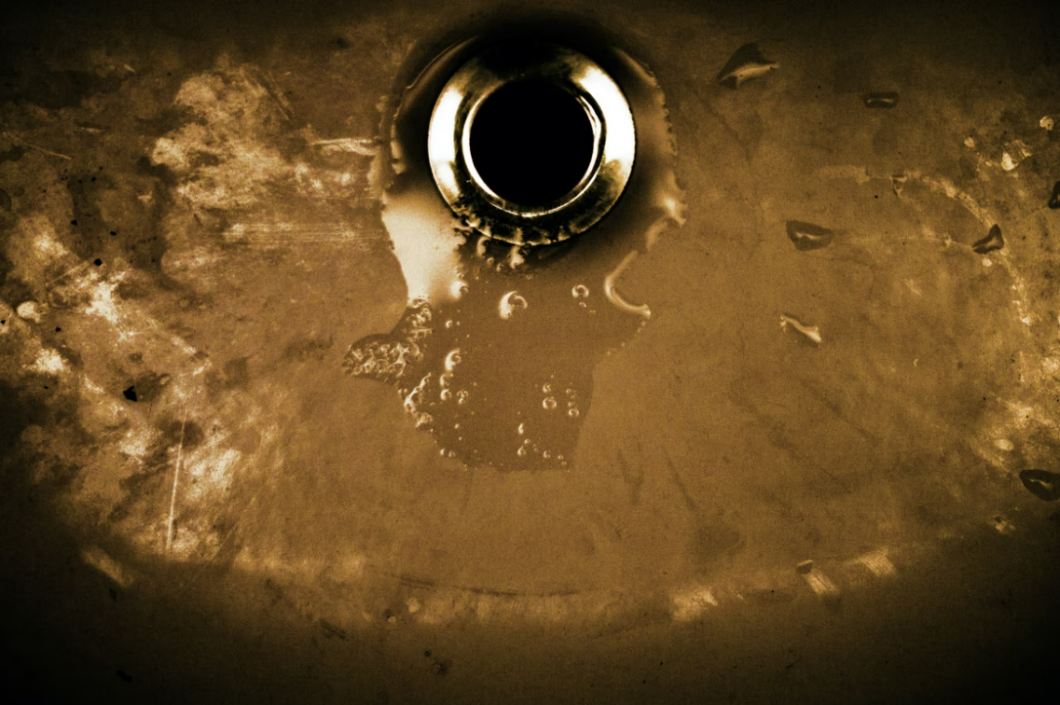Plumbing issues in your home range from nuisances to serious concerns. For instance, a backup in one toilet requires a plunger or, to reach tough clogs, a snake. However, it’s a larger issue when fixtures throughout your house are backed up. It’s often difficult to find the cause of these issues, which can make it more difficult to fix. While this problem is an emergency, it’s not a reason to panic. Here are some steps that can help you figure out how to locate the cause of a house-wide plumbing backup.
Check All Sources
A plumbing backup doesn’t just affect your toilets. You could also see seepage in your sink and bathtub drains. This is because they also have a connection to local sewer pipes.
If a massive clog is stuck in one of these distribution centers, then the sewage doesn’t have anywhere to go. So, it starts to back up into all areas. What you need to look for is an outlet that produces the most. This will help you isolate where exactly the clog might be.
The location can also help you figure out what might have caused the issue. For example, if it’s nearest the bathroom, there might be a knot of hair down the drain, or someone in the house might have flushed something that isn’t meant to be flushed. If the kitchen sink and the dishwasher are backing up the most, though, you might have poured grease or something starchy down the garbage disposal.
Knowing the cause can help you get rid of the clog properly, and it can also help you avoid making the same mistakes in the future. Remember to teach your kids about what should and shouldn’t be flushed or washed down the drain.
Check Outside
Sewer and water lines run into your home from your local utility company. Clogs in these lines can be especially damaging because they can affect so much of the house. Sewer lines also carry waste that contains harmful bacteria, which you certainly don’t want in your home.
In some cases, finding the source of your backup means going outside. Check for a foul smell or a brownish liquid that bubbles up to the yard’s surface. This means one of two things. First, the clog is bad enough to crack the pipes. Second, the damage is so severe that the lines have collapsed.
If the clog has gotten to this point, you’ll need to call for a professional to help fix the damage as quickly as possible. If it’s left for long, in addition to potentially damaging your home and cutting you off from utility services, it could affect your home’s foundations and the landscaping around the house. Additionally, if the damaged pipe is a sewer line, you could be allowing dangerous bacteria to build up.
Turn Off the Main Water Supply
One reason a backup occurs is that clean water tries to feed through the lines. Pressure builds as this takes place. You can ease this by turning the water off at the main supply pipe. You should be able to locate the source if other plumbing fixtures start to properly drain.
Turning off the main water supply will also help prevent the problem from getting worse. After all, if you’re struggling to drain water, you don’t want to add more water to the mess. While this isn’t a long-term solution—you will need water eventually—it can give you the time you need to get in touch with a professional and get them out to your house. Once water is no longer flowing into the house, you should be able to see which drains are working more quickly, meaning that they are further from the problem.
Reach Out to a Plumbing Service
In the end, the best way to find the source of a house-wide plumbing backup is to reach out to a local plumber. Plumbers have the necessary equipment to discover the problem. One common tool they’ll use are small cameras which they feed through pipes in order to observe damage and clogs that would otherwise be difficult to find. They may also send liquid smoke through your pipes. This helps them find cracked pipes or loose connections.
Plumbers also determine the reason for the clog. In some cases, it isn’t related to anything you or your family did, like using too much toilet paper, flushing inappropriate items down the toilet, or washing greasy leftovers down the garbage disposal. It could be connected to tree roots that have broken through pipes and continued to grow. If your area tends to have hard water, the mineral deposits could build up in your pipes over time and become a blockage. Talking to your plumber about water softeners could also be a good idea.
Once they determine the source and the cause, plumbers also have ways to repair the problems while limiting the cost to you. Modern technology allows them to surgically repair a pipe or replace a portion of the pipe without digging up your entire yard, which can save you a lot of money on the project.
When you have a house-wide plumbing problem, don’t wait too long to determine the source of the issue. Do what you can to isolate and mitigate the issue. Then, reach out to a plumber to investigate before matters get worse. If it’s left for too long, the clog could accumulate and become a very expensive repair.

